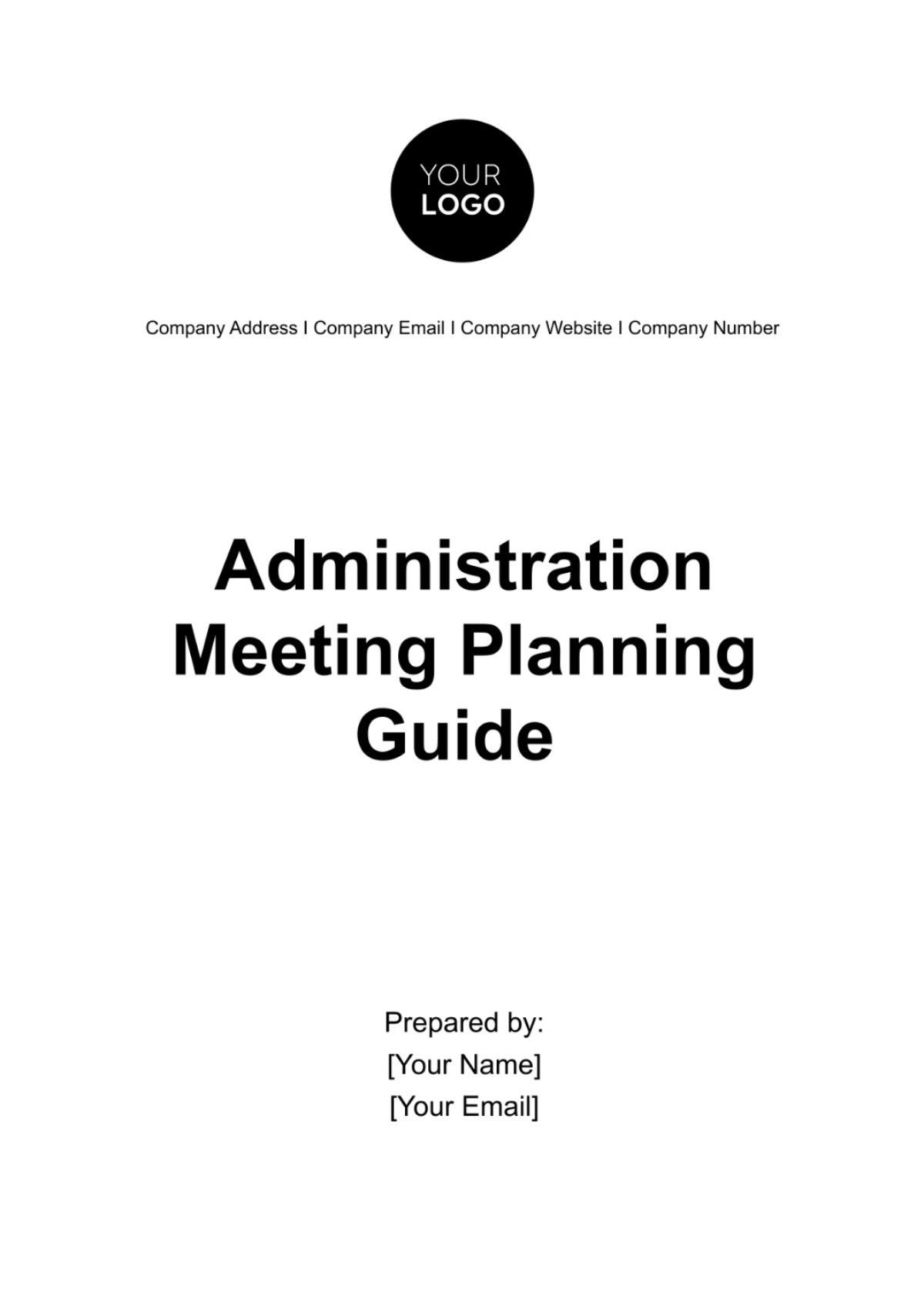Free Administration Meeting Planning Guide
Organize successful meetings with Template.net's Administration Meeting Planning Guide Template. Customizable and editable via our Ai Editor Tool, this template offers a structured approach to meeting preparation, execution, and follow-up. It's crucial for facilitating effective discussions, decision-making, and action plans, ensuring your meetings are productive and aligned with organizational objectives.
